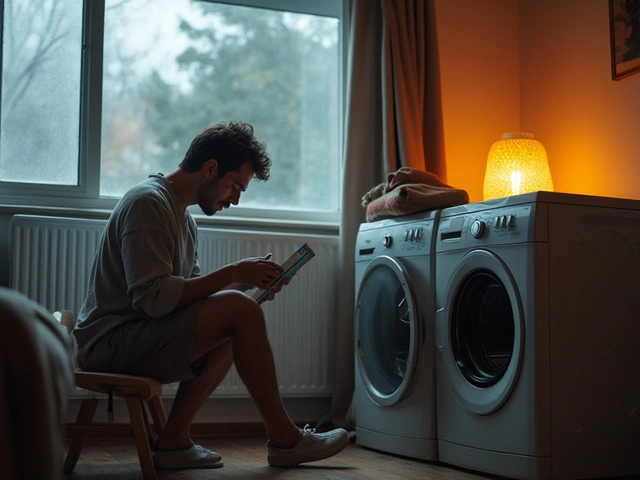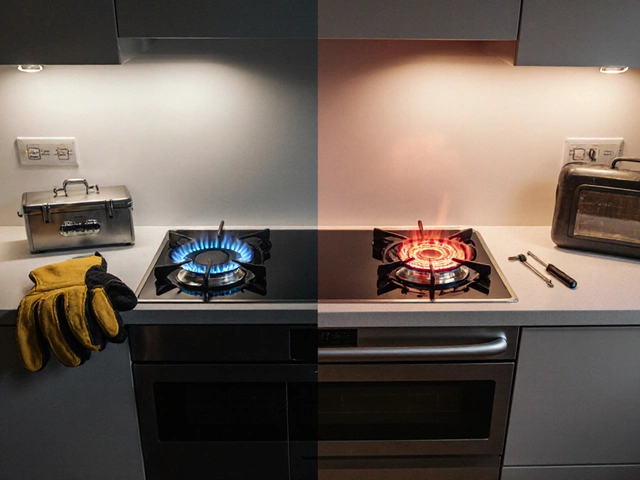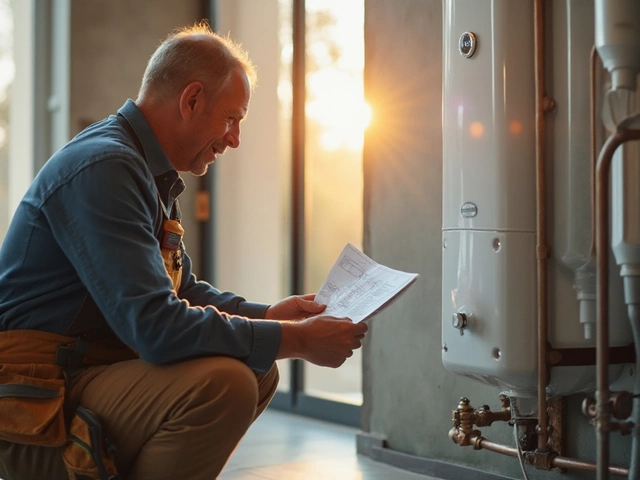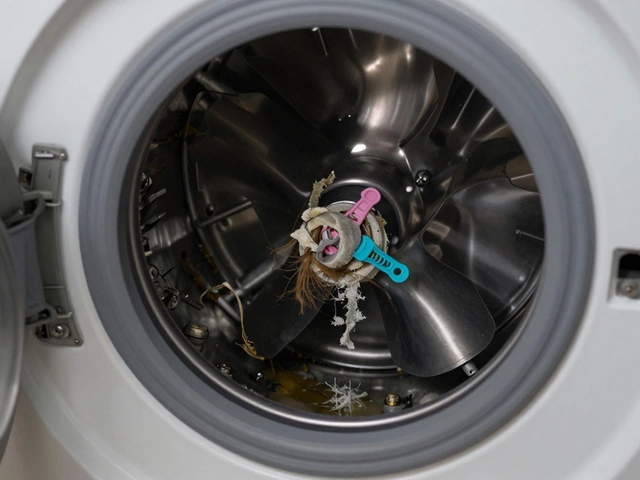Identifying a Broken Oven Element or Thermostat: A Simple Guide
March 5 2025Microwave Not Heating? Find Out What’s Wrong and How to Fix It
If you press start and hear the fan hum but nothing gets hot, you’re probably wondering why your microwave isn’t heating. It’s a common frustration, and the good news is many causes are simple to check yourself. Below we walk through the most likely culprits, safe DIY checks, and the signs that it’s time to call a qualified repair technician.
Common Reasons Your Microwave Won’t Heat
The first thing to know is that a microwave has three basic parts that make heat: the magnetron, the high‑voltage diode, and the capacitor. If any of these fail, the appliance can run but won’t generate heat. Below are the everyday issues you may encounter.
- Door latch problem. The microwave won’t fire unless the door is fully closed. A warped latch or a broken door switch can trick the unit into thinking the door is open.
- Magnetron failure. This is the core heating component. A burnt‑out magnetron usually shows up as a humming sound with no heat. Replacement costs can be high, so weigh repair vs. replacement.
- High‑voltage diode or capacitor. These convert the power supply into the high voltage needed for the magnetron. A faulty diode often causes the microwave to run without heating, and it’s cheaper to replace than a magnetron.
- Blown fuse or tripped circuit breaker. Some models have an internal fuse that protects the magnetron. If it’s blown, the microwave may still turn on but won’t heat.
- Control board issues. Modern microwaves use digital boards to manage timing and power. Corrosion or a bad sensor can stop the heating cycle.
DIY Checks Before Calling a Technician
Before you pick up the phone, try these quick, safe steps. Always unplug the microwave first to avoid electric shock.
1. Verify the door closes properly. Look for any food debris or broken hinges that keep the latch from engaging. Clean the latch area and test the door.
2. Listen for the magnetron hum. With the microwave empty, start it for a few seconds. A steady buzz indicates the magnetron is getting power. No sound usually points to a power‑supply issue.
3. Check the fuse. Locate the fuse (often behind the outer panel). If it looks blackened or broken, replace it with the same rating. A new fuse can restore heating in many cases.
4. Reset the circuit breaker. Occasionally, a short in the microwave trips the home breaker. Reset it and see if the heat returns.
5. Look for error codes. Some digital microwaves display codes when they detect a fault. Refer to the user manual to decode the message.
If none of these steps bring back the heat, it’s time to call a certified repair service. Trying to replace the magnetron or high‑voltage components yourself can be dangerous and may void any warranty.
When you contact a professional, mention the symptoms you observed (e.g., humming, no heat, error code). This helps the engineer bring the right parts and diagnose the problem faster, saving you time and money.
Remember, a microwave that runs but doesn’t heat is usually a sign of an internal electrical fault. Safety should always come first, so don’t risk exposure to high voltage. Let a trained gas‑engineer or appliance specialist handle the high‑risk components.
In short, start with the door latch, fuse, and power checks. If those don’t work, a qualified technician can pinpoint the magnetron, diode, or control board issue and advise whether repair or replacement makes more sense for your budget.
 10 Jul
10 Jul
Microwave Failure: The Most Common Causes and How to Spot Them
Discover why microwaves stop working, what parts fail the most, and how to spot trouble early. Get practical tips to keep your microwave running strong.
Read More...



